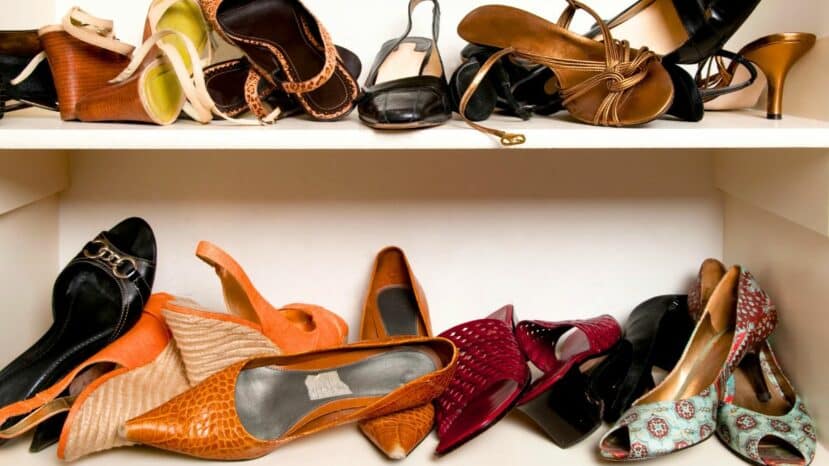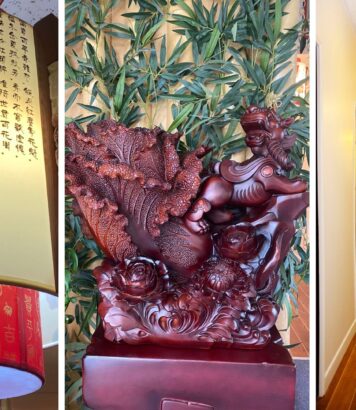This season’s shoe trends: Jimmy Mohamed says these models are bad for your health

Trendy or healthy, should you choose? This season, a reminder is making the buzz: some shoes, however stylish, can damage your feet. Here’s what a doctor has to say, and how to avoid the problem.
Trend vs. health: a doctor’s warning
Dr. Jimmy Mohamed warns in a recent intervention. According to him, fashion should not erase the signals sent by the body. Some shoes displace support and strain joints. An ill-fitting choice can trigger lasting pain and discomfort.
Very high heels increase pressure on the forefoot and reduce balance. Conversely, very flat models lack cushioning and pull on the Achilles tendon. Mules and flip-flops, without straps, force toes to tense up in order to hold on to their shoes. On the other hand, a good fit limits these compensations.
A useful reminder: the foot contains 26 bones, 33 joints and over 100 ligaments. When the arch is neither supported nor mobile, the postural chain becomes disrupted. As a result, pain can spread to the knee or back. Stable shoes, with a slight heel of 1 to 3 cm, often help to distribute the load.
“Trend should never take precedence over foot health.”
Why some models cause problems
Very high heels shift the center of gravity forward. The calf becomes shorter, and the ankle loses its range of motion. What’s more, the forefoot is compressed, promoting corns and bunions. These shoes ultimately restrict fast walking.
On the other hand, ultra-flat shoes don’t protect the heel from impact. Soft flip-flops and sandals let the foot float, so toes grip with every step. The plantar fascia also becomes irritated more quickly, especially on hard surfaces. Wearing these shoes for long periods of time fatigues the entire lower limb.
- Alternate heel heights during the week.
- Choose flexible insoles for the forefoot.
- Test stability on one foot for 10 seconds.
- Keep a spare pair for the journey in comfort shoes.
- Replace insoles every 6 to 12 months.
Rigid platforms cut off the feeling of the ground. Proprioception is reduced and the risk of twisting increases. Narrow toe boxes compress the nerves, while a wider toe box limits numbness. These shoes enclose the forefoot and accentuate conflicts.
Choosing better without sacrificing style
Start by checking the fit: firm heel counter, sole that bends under the toes, and reliable fastening. Lacing or a strap stabilizes the midfoot, so your gait remains fluid. What’s more, a removable insole lets you adjust the support. Well-fitting shoes avoid unnecessary tension.
Aim for a heel-to-front differential of 1 to 3 cm, rather than an extreme flatness. A sole with a slight rocker facilitates the unwinding of the step. Moderate cushioning protects without disconnecting you from the ground. You can keep your style while choosing the right shoes.
Try it at the end of the day, when the foot has swollen a little. Walk around the store for a few minutes, so you can test the actual fit. Alternate pairs and gradually increase the wearing time. These shoes will become an ally, not a constraint.
The article cited does not mention any specific product, brand, model or trade name.
It does not provide brand names, specific models, detailed categories, variants, prices or shopping boxes containing exact references.
Simple steps to protect your feet
Look after your feet like athletes. Stretch your calves and arches for 5 minutes a day to relax the chain. Do claw exercises with a towel to strengthen. These routines help your shoes work better with you.
For journeys, take a comfortable pair, then change at the office. In addition, dry the inside after rain and replace worn soles. On the other hand, avoid driving in unstable heels. Your shoe rotation reduces pressure points.
Warning signs and recourse
Watch for pain that persists beyond 48 hours. Tingling, blackening of the nails or discomfort when getting up should be cause for alarm. For example, a painful plantain in the morning suggests inflammation. Don’t wait for walking to become hesitant.
First step: rest the foot and cool locally for 10 to 15 minutes. Adjust use, then change supports if necessary with a suitable insole. A check-up by a doctor or chiropodist can also help you decide. Early treatment prevents recurrence.
Growing teenagers, pregnant women and senior citizens present specific constraints. Weight and hormones modify support, so some models require greater caution. A professional can validate a more stable choice. At these times, it’s best to choose shoes that are safe and easy to put on.
Long-term thinking reduces costs and stress. A well-designed pair lasts longer, so you consume less. In short, your figure gains in comfort and mobility. Style remains intact if your shoes respect your mechanics.





No comments
Post a comment
Always participate in accordance with the law and with respect for others.